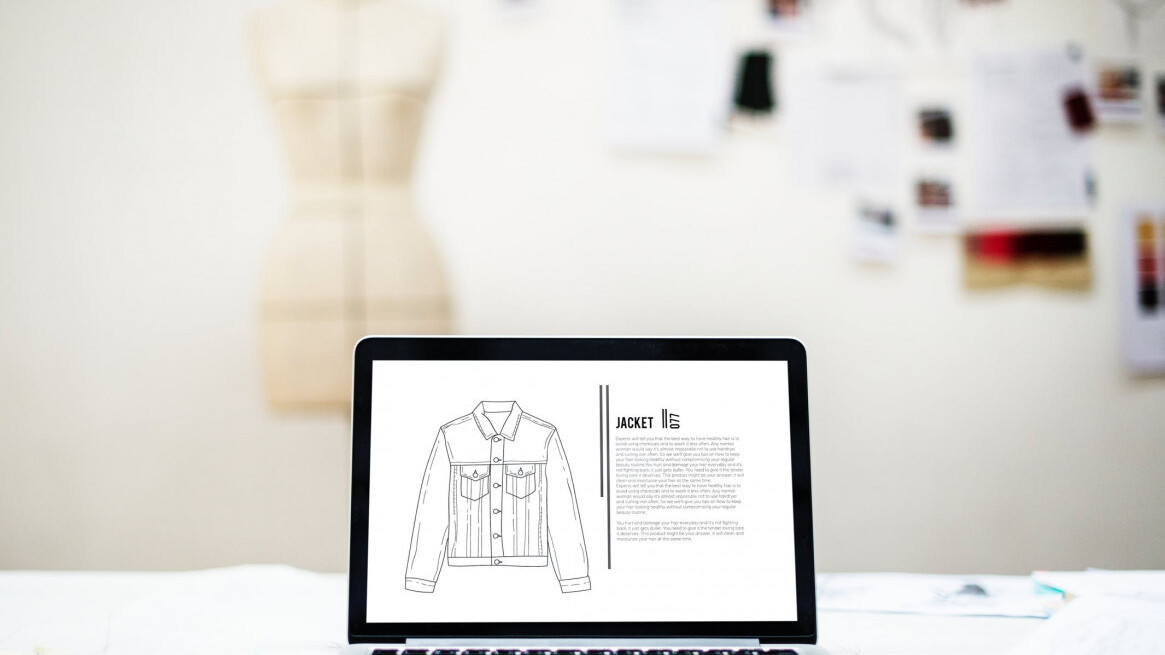
In recent years, technology has been dabbling in the fashion world. With the shift from brick-and-mortar retail shopping, technology’s impact has been difficult to ignore – especially with e-commerce in full force.
As in all sectors, tech is revolutionizing how businesses operate, with the use of data analytics, artificial intelligence, virtual technology and so on -leading to streamlined and efficient processes. In light of these technologies, the retail sector is growing as well as the need for retailers to adapt to the new landscape and embrace the turning point of the fashion world.
So, which technologies are making the biggest impact in the fashion industry?
Internet of things (IoT)
One of the biggest opportunities reaching the retail industry is the introduction of IoT. This technology mechanizes our world by letting us interact with everyday objects through the internet.
For fashion, this means a drastic change is emerging. A recent Retail Vision Study report stated that 70% of retail decision makers globally are ready to adopt the Internet of Things to improve customer experiences. Apparel items will have digital capabilities that open communication between retailer and customer – such as NADI X, yoga pants with built-in sensors that users into alignment by vibrating they move through the various yoga poses. This example and other IoT apparel, interact with the user to collect data that helps retailers understand needs and concerns, and implement it to create a more personalized experience.
Artificial intelligence (AI)
Big data is the buzzword sweeping most industries in the business world – and the fashion industry is no stranger to this. In fact, retailers have started jumping onto the digitalization bandwagon and are using these machines to their advantage.
As of now, social media is the ruler of the web – and is providing customers with the platform to mend and shape trends. But, what most customers don’t realize, is that they are also providing brands with a goldmine of data that can be used to predict trends and significantly reduce the gap between what is being produced, and sold.
So, rather than manually gathering data, retailers are utilizing AI to collect, organize, analyze, and sort data into relevant categories, that can then be used to predict and understand what their customers are looking for – and deliver on it.
AI in action is demonstrated by Screenshop, an app created by Kim Kardashian that uses AI image recognition to make fashion easier. Users simply take a photo or screenshot anywhere of a look they like and open the app to find similar products at any price – so users can shop the whole look. This handheld fashion store helps users find shoppable prices to ultimately create a better wardrobe.
Mobile commerce
These days, internet access is so readily available wherever, whenever and it’s all due to one thing – smartphones.
With social media apps, digital wallets, and communication apps, it’s clear that mobile has not only impacted our everyday lives but now squeezing its way into the business world.
This era of connectivity has introduced a sleeker form of shopping through mobile commerce. Armed with our smartphones, now not only can we shop online but, have easy payment experiences with digital wallet options such as Apple and Android Pay. In fact, BigCommerce found that two out of three millennials prefer to shop online rather than go to a physical store.
This newer method of shopping makes buying on the go easy and simple with just the click of a button. Take for example Instagram’s shopping feature. Now customers can enjoy a seamless mobile-friendly shopping experience by clicking on the item they like and be redirected to the product page – effectively reducing search time. Businesses can provide their customers with a simple way to discover products and shop, all through their handy smartphones.
Virtual/augmented reality (VR)
Mobile and e-commerce technologies brought about the first wave of transformations for the fashion industry. Now, we can look ahead to the next possibilities for retail, more specifically virtual reality technology.
These days, on their mobiles customers can easily browse through the various items and with one click, purchase. However, there have been many occasions where brands have suffered the backlash from customers who received items that didn’t match their online equivalents or simply didn’t meet expectations.
But, new VR platforms are arising that are changing the game by merging the physical and online worlds of retail.. For example, try-on avatars are becoming a big hit in the fashion world. Apps such as DressingRoom are using augmented reality technology to enable shoppers to try outfits on an avatar – customized to the correct measurements – before purchasing an item. These platforms, change the online shopping experience for the better, as avatars and virtual platforms engage and retain the customers for longer. Now, customers can physically see the product on themselves or in the intended space before purchasing.
Over time, these platforms provide added value to the retailer, as brands can gain valuable insights through regular customer use, which can be leveraged to provide customers with a more personalized experience.
Final note
Overall, digitalization has completely evolved the fashion industry. With the introduction of new technologies such as AI, IoT, VR, and mobile customers can expect to receive a more personalized experience that caters to all their needs and concerns.
Digital transformation is resulting in changes previously unimagined, and we can only expect this change to rapidly advance. Therefore, it’s time for retailers to embrace the new fashion landscape or get left behind.
Get the TNW newsletter
Get the most important tech news in your inbox each week.




